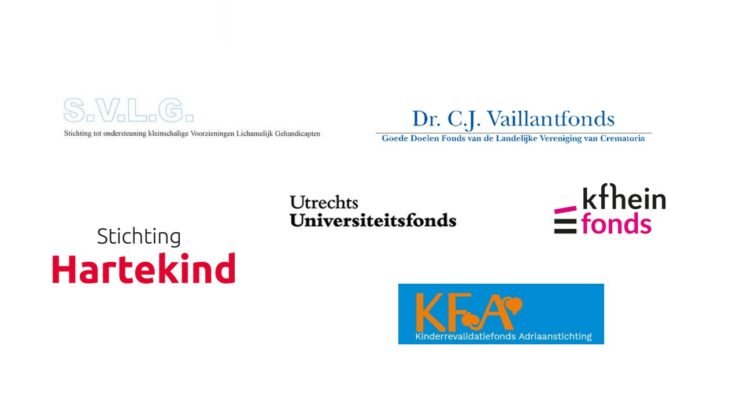In all our research projects we focus on innovation in cognitive assessment and better, more tailor-made treatment of cognitive disorders after brain damage. Our current main research aims are the following:
Use this code to support our research

Basic mechanisms
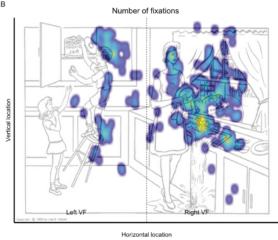
To fully understand how we process visual information about the world around us, an integrative, multifaceted approach is urgently needed, bringing together methods and knowledge from experimental psychology, cognitive neuroscience, neuropsychology, and artificial intelligence. In this research line, we unravel the basic mechanisms underlying attention, multisensory integration and visual working memory. Our aim is to reveal how these different cognitive domains contribute to our perception of the daily visual world and fuel the development of a new generation of tools that can potentially be used to assess patients with neuropsychological impairments.
Exemplar publications
Böing et al. (2024) Inspecting the external world: Memory capacity, but not memory self-efficacy, predicts offloading in working memory.
Hoogerbrugge, A. J. et al. (2022). Seeing the Forrest through the trees: Oculomotor metrics are linked to heart rate.
Fabius (2019) Time course of spatiotopic updating across saccades
Digitised Neuropsychological Assessment and Training
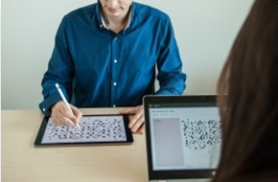
One of the consequences of brain damage is impairment in cognitive functions. In clinical settings, patients with brain damage usually receive conventional neuropsychological pen-and-paper tests (NPA) to estimate cognitive performance per cognitive domain. A well-known issue in NPA is the discrepancy between ’normal’ final scores of patients (especially with milder consequences of brain damage) and the patient’s cognitive complaints during daily life situations (e.g. work, family, social gatherings). Within this line of research, the overarching aim is to improve clinical neuropsychological assessment. To this aim, we investigate the added value of a dNPA, specificity of novel outcome measures that can only be used when using a computer, and relations between patients’ performances on those digitized tests and complaints in daily life.
Exemplar publications
Van De Wouw et al. (2025). Embracing technology: professional end-users’ perspectives on digital neuropsychological assessment in cognitive rehabilitation
Spreij et al. (2020). Digital neuropsychological assessment: Feasibility and applicability in patients with acquired brain injury.
Spreij et al. (2020). Neuropsychology from paper-and-pencil to technology. Advancing cognitive rehabilitation.
Bennekom et al. (2017). Brain training improves recovery after stroke but waiting list improves equally: A multicenter randomized controlled trial of a computer-based cognitive flexibility training.
Dalmaijer et al. (2015) CancellationTools: All-in-one software for administration and analysis of cancellation tasks.
Mixed Reality
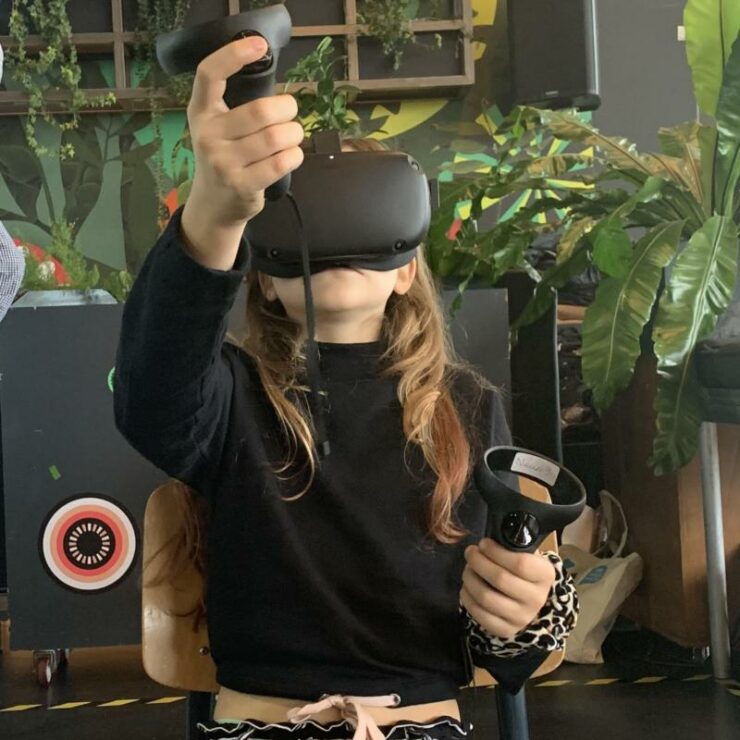
Cognitive rehabilitation is aimed to improve cognitive functions to promote functional independence during activities of daily living and participation. Current estimations of strengths and weaknesses with respect to cognition are done with use of conventional pen-and-paper tests, which lack ecological validity. Mixed Reality (Virtual Reality, Augmented Reality, Serious Games) have the potential to mimic the dynamics of daily life situations and interactions with the environment and could potentially be used to advance (or enhance) both cognitive assessment and training. Within this line of research, we have several aims. First, we investigate the more basic aspects of Mixed Reality such as cyber sickness and improving and estimating presence. Second, we develop novel outcome measures to estimate cognitive skills, such as eye tracking features, motion tracking features, and fluctuations in performance during interactions. Last, we set up clinical studies with different groups of patients that have primary or secondary brain damage, young and older, to further clinical cognitive assessment and training.
Exemplar publications
Embrechts et al. (2025) Use of immersive virtual reality to explore visual search behaviour in individuals with visuospatial neglect after stroke
Bousché et al. (2024). Virtual and augmented reality gamification of visuospatial neglect treatment: therapists’ user experience
Van de Wouw et al. (2024) Systematic review of the effectiveness of innovative, gamified interventions for cognitive training in paediatric acquired brain injury.
Brouwer et al. (2022). Applying machine learning to dissociate between stroke patients and healthy controls using eye movement features obtained from a virtual reality task.
Verheul, F. et al. (2022) Can serious play and clinical cognitive assessment go together? On the feasibility and user-experience of virtual reality simulations in paediatric neurorehabilitation
Spreij LA (2020). Neuropsychology from paper-and-pencil to technology. Advancing cognitive rehabilitation.
Spreij LA et al. (2020). Feasibility and user-experience of virtual reality in neuropsychological assessment following stroke.
NIBS and connectivity
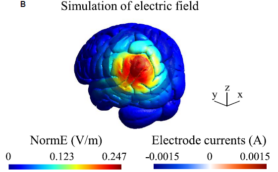
In recent years, non-invasive brain stimulation (NIBS) techniques (e.g., repetitive transcranial magnetic stimulation (rTMS) and transcranial electrical stimulation (tES)) have gained attention as promising tools in neurorehabilitation. These methods use magnetic fields or electrical currents to safely and painlessly modulate brain activity. Originally developed to study brain function in healthy individuals, NIBS is now increasingly explored as a treatment option for neurological conditions. Our lab explores the use of NIBS techniques to support recovery in patients with acquired brain injury by directly targeting disrupted neural networks.
Exemplar publications
Middag- Van Spanje et al. (2024). Alpha transcranial alternating current stimulation as add-on to neglect training: a randomized trial.
Van Lieshout et al. (2019). The Effect of Noninvasive Brain Stimulation on Poststroke Cognitive Function: A Systematic Review.
Nijboer et al. (2017). No changes in functional connectivity during motor recovery beyond 5 weeks after stroke; A longitudinal resting-state fMRI study.
Clinical studies: epidemiology, impact and implementation
At SMARTneurolab, our clinical studies focus on understanding and addressing cognitive problems that arise after brain injury. We study the epidemiology of these issues by examining how often they occur, in which populations, and under what circumstances. The impact reflects the contribution our research makes to improving diagnostics, treatment strategies, and outcomes for individuals affected by brain injury. Through implementation, we work to make sure that our innovative methods are eventually effectively integrated into everyday clinical practice.
Exemplar publications
Bousché et al. (2025). Construct validity of the CoCo-P: Associations between cognitive complaints during participation and cognitive and emotional consequences.
Bosma et al. (2023). Prevalence, Severity and Impact of Visuospatial Neglect in Geriatric Stroke Rehabilitation, a Cross-Sectional Study.
Embrechts et al. (2023). Cognitive and Motor Therapy After Stroke Is Not Superior to Motor and Cognitive Therapy Alone to Improve Cognitive and Motor Outcomes: New Insights From a Meta-analysis.
Nelemans et al. (2022). The mobility assessment course: A ready-to-use dynamic measure of visuospatial neglect.
Spreij et al. (2021). CoCo – participation: The development and clinical use of a novel inventory measuring cognitive complaints in daily life.
Bosma et al. (2020). Impact of visuospatial neglect post-stroke on daily activities, participation and informal caregiver burden: A systematic review.
Nijboer et al. (2013). Time course of visuospatial neglect early after stroke: a longitudinal cohort study.
